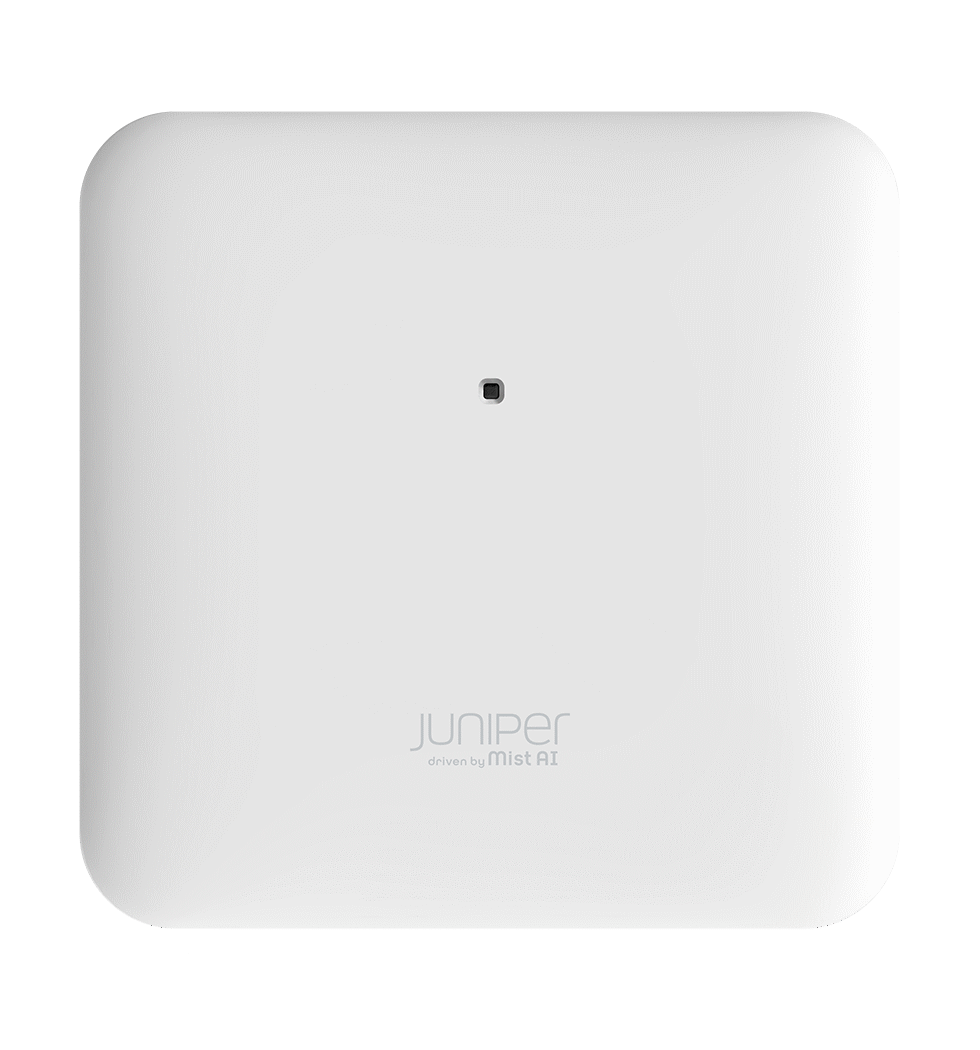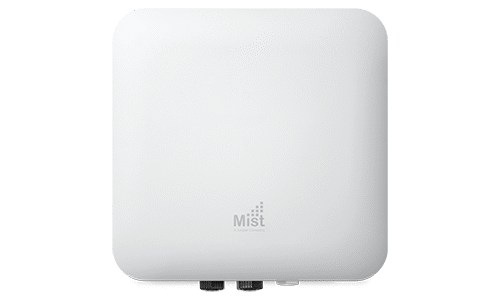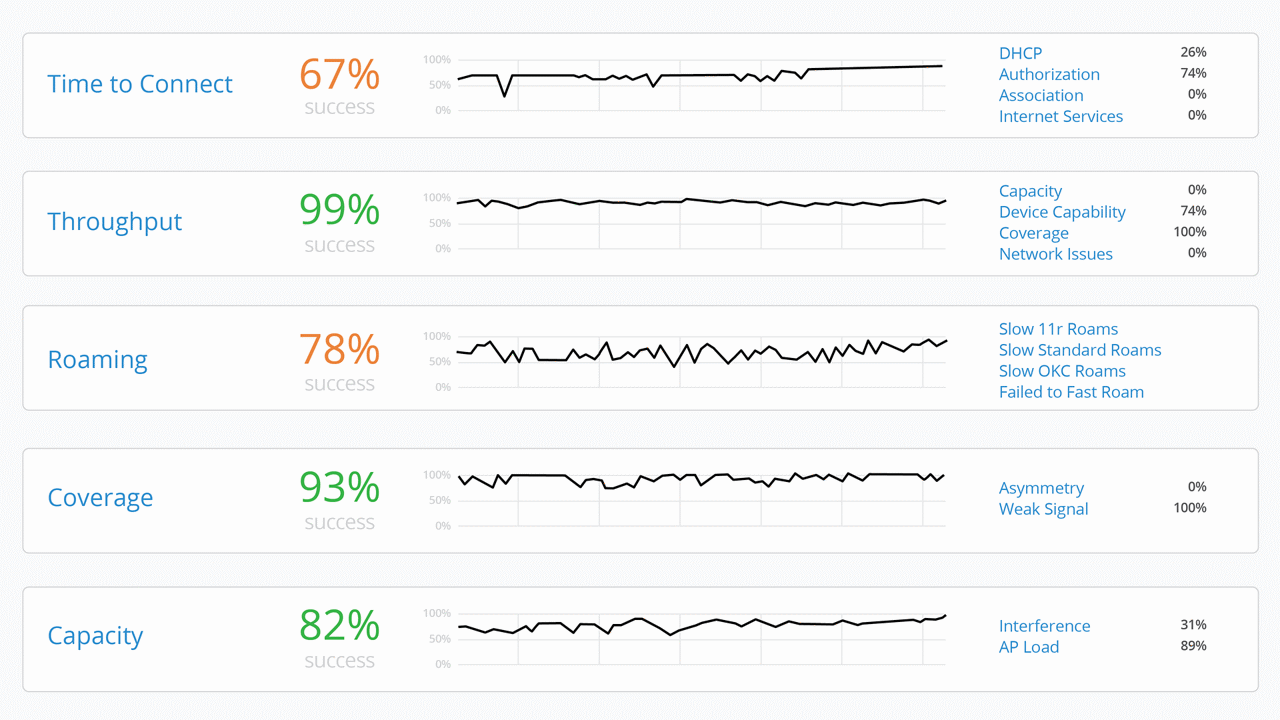Customer Success Story

Network refresh improves digital experience at George Washington University
The George Washington University, chartered in 1821 by the United States Congress, is a private research university and the largest institution of higher education in Washington, D.C. The university maintains two D.C-based campuses across 43 acres, a Virginia-based research and graduate facility, and three satellite campuses.
When the university was evaluating the refresh of their wireless infrastructure, they focused on enhancing the experience across their campuses as well as simplifying IT operations. After an in-depth review of options, GW chose to deploy the Juniper AI-driven wireless network.
Overview
| Company | The George Washington University |
| Industry | Education |
| Products used | AP45, AP12, AP63, EX4100, EX4400, Wireless (Wi-Fi) Assurance, Wired Assurance |
| Region | Americas |

6,847
Access points in 164 buildings on three campuses in Virginia and Washington D.C.
3 months
Time needed to replace all access points at all locations
26,000
Students have a better digital experience on campus
Faster
To resolve network-related problems with Mist AI-driven tools
Aging infrastructure impacts experience and supportability
Determined to address technical debt and simplify the service, the IT team evaluated the top wireless LAN vendors for a modern, cloud-managed wireless network.
“We wanted a wireless solution that would deliver a superior experience and would use AI and automation to simplify network management and troubleshooting,” says John Zonderwyk, manager of networking at GW. “We wanted to involve more of our frontline support staff in addressing customer issues rather than needing to escalate troubleshooting to the network engineering team.”
The student experience was also a priority.
“We wanted to provide an at-home wireless experience for our students, where students could move throughout their house without worrying about their wireless connection dropping out,” says Zonderwyk.
The current design and age of parts of the infrastructure limited the kind of Wi-Fi experience students had on campus. Wi-Fi connections often dropped when people moved between floors in the same building and residence halls lacked the wireless capabilities to provide for the personalized experiences expected with all of the devices students bring to campus today. This led to high volumes of support requests for IT staff.

A simple solution for a complex environment
GW chose the Juniper wireless LAN solution, driven by Mist AI™, to refresh its wireless infrastructure across all campuses. The project scope initially focused exclusively on a wireless upgrade; however, as the IT team experienced the power of Mist AI in action during the earliest days of the rollout, they expanded the project to refresh the access switches on campus.
Juniper access points and switches work in conjunction with the Juniper Mist cloud architecture, driven by Mist AI, to optimize network experiences across wireless and wired environments. Juniper Mist Wi-Fi Assurance and Wired Assurance, both cloud services, transform and automate network operations.
With Juniper, IT can set client service-level expectations to measure and manage the network proactively and identify pain points before they become too big of an issue. With a quick look at the Juniper Mist portal, frontline support staff and experienced engineers alike can see how the network is doing at any time.
Juniper Marvis Virtual Network Assistant is a trusted helpmate. IT staff can ask Marvis questions in plainspoken language, and Marvis will respond with non-geeky answers. Even better, Marvis can also take action to solve problems on IT’s behalf.
“With Juniper, we can see the quality of the user experience and proactively address issues,” says Andy Davis, GW’s director of network, voice, and data centers. “Mist AI and Marvis allow us to reduce the mean time to resolution.”

Speedy rollout improves Wi-Fi experience faster
GW migrated to the new Juniper network during the summer months to lessen the impact on faculty and students.
“Our last refresh took two years to replace half the access points,” says Zonderwyk. “With Juniper, we replaced 6847 APs and 50 access switches in three months.”
The network engineering team used the Juniper Mist portal to preconfigure the APs and set up the configuration templates for the switches. The on-site installation team used the Juniper mobile app to scan a QR code on each Juniper AP, which then activates itself, including its location on the floor plan map.
The installer simply hung the APs using the existing mounting brackets and snapped a picture to upload to the portal. Deployment moved steadily, even at the Foggy Bottom campus, home to many beautiful, historic buildings that often present a challenging RF environment.
The Juniper network offers an at-home wireless experience that GW IT had not previously had the capability to provide. People can move through buildings and across campus while their calls and apps stay connected. The service desk has intuitive tools to quickly resolve issues, and the network engineering team has better insight into difficult problems and tools to proactively solve problems.


Published September 2023









